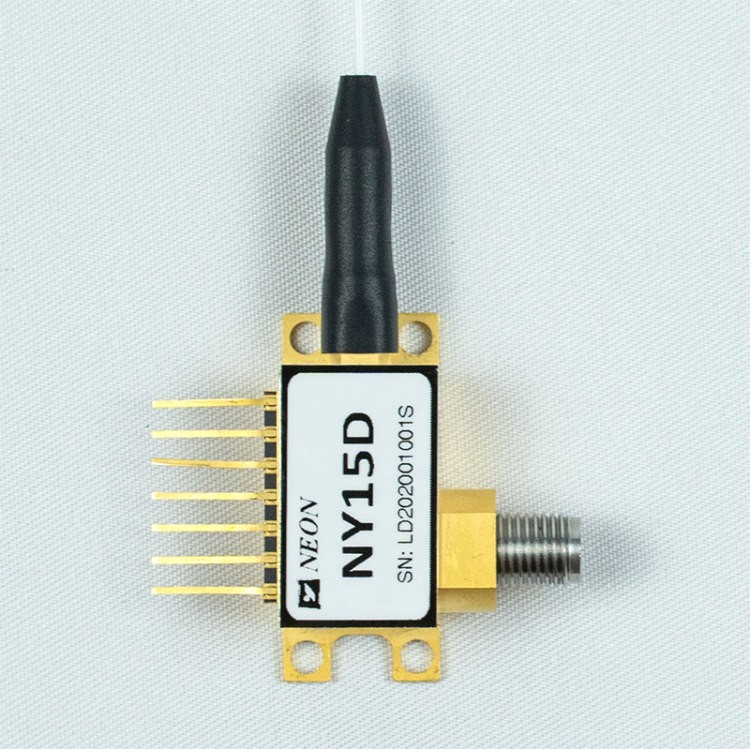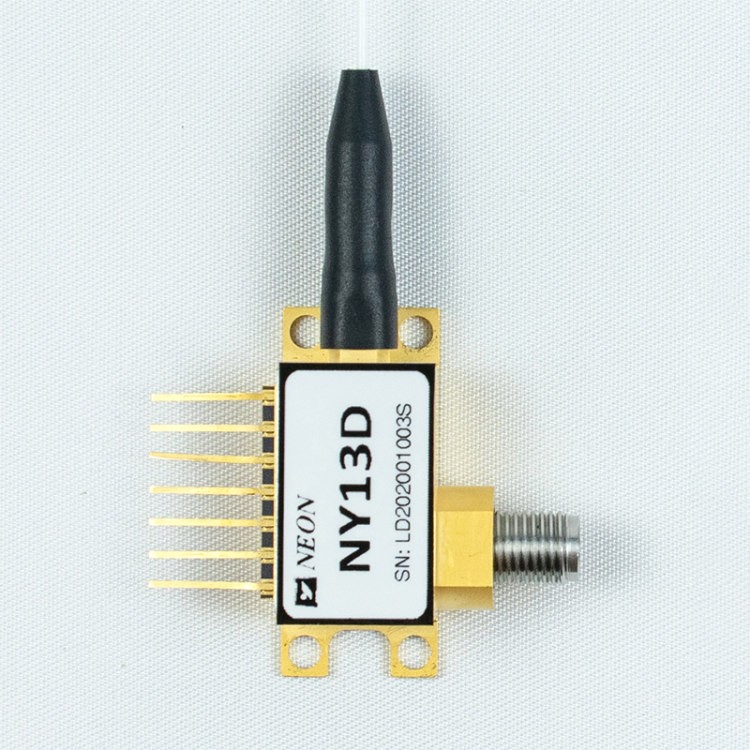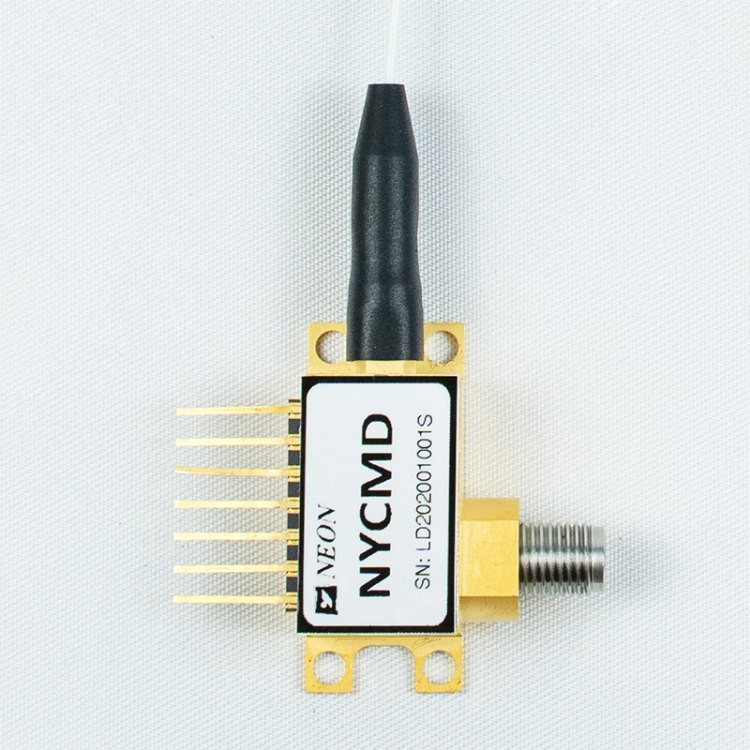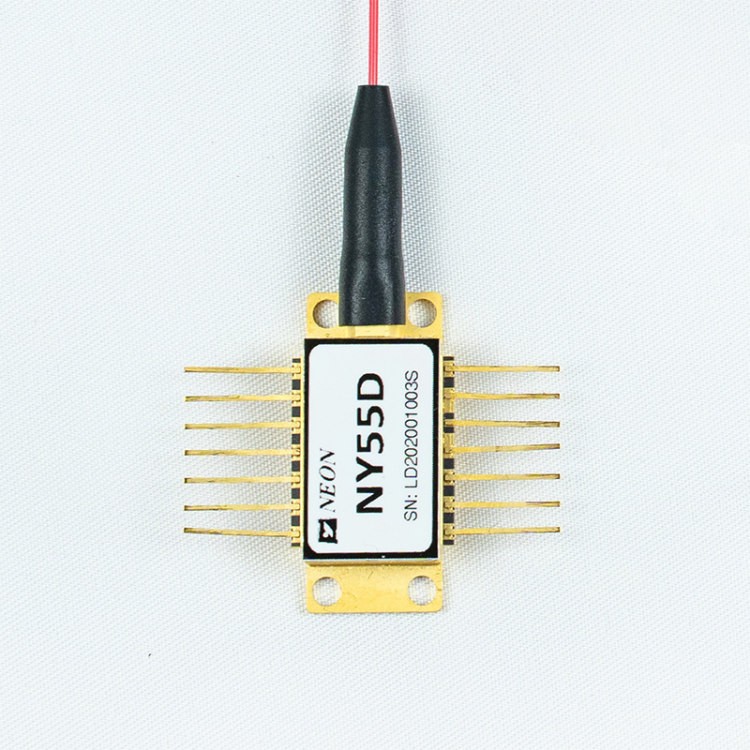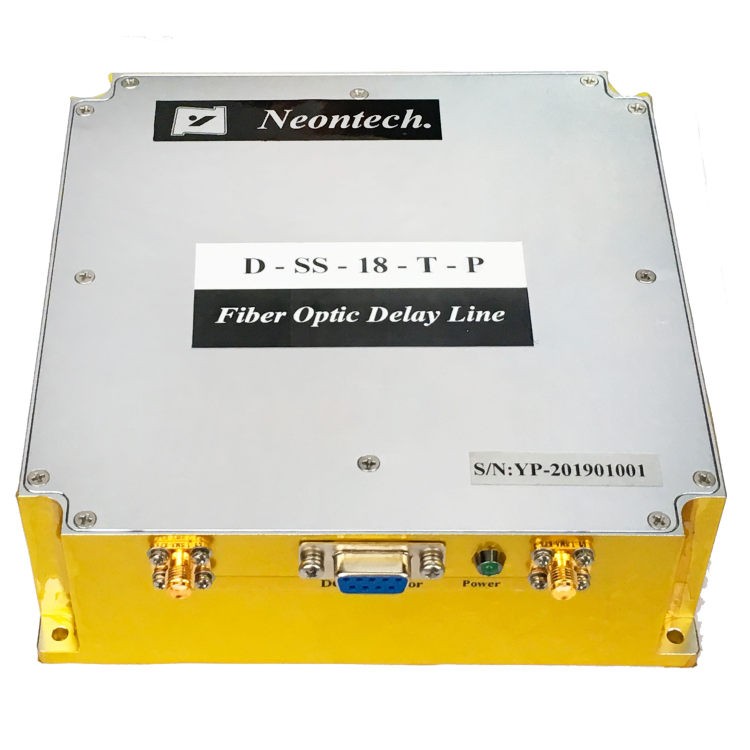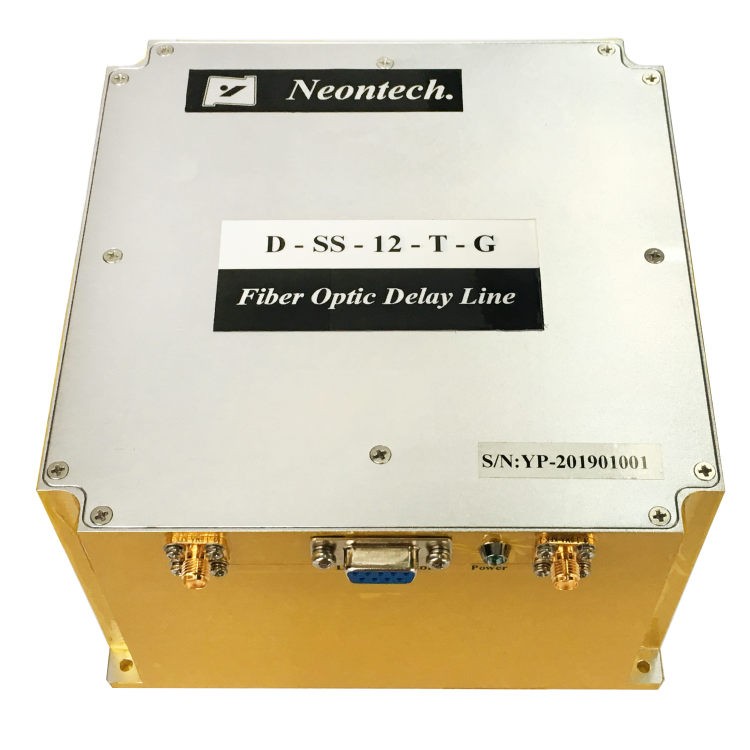The Working Principle and Applications of Fiber Coupled Laser Diodes
In the realm of modern optoelectronics, fiber-coupled laser diodes have emerged as indispensable components, revolutionizing various industries and technologies. These sophisticated devices combine the precision of lasers with the efficiency of optical fibers, enabling a wide range of applications from telecommunications to medical procedures. This article explores the intricacies of fiber-coupled laser diodes, shedding light on their components, working principles, and diverse applications that are shaping our world.
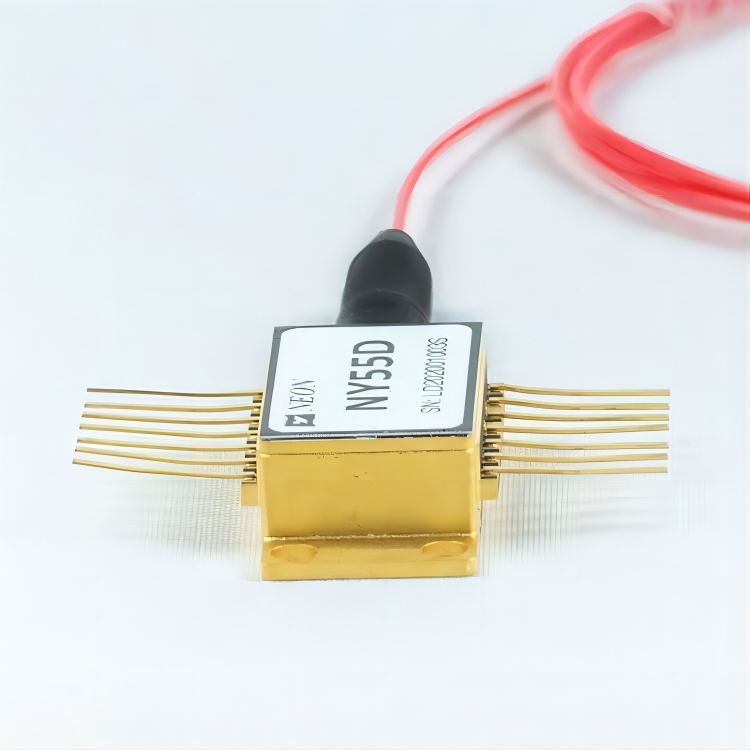
What is a Fiber Coupled Laser Diode?
A fiber coupled laser diode is a type of laser diode that has a fiber optic cable attached to it. This allows the laser light to be transmitted over long distances without losing too much power. Fiber coupled laser diodes are often used in applications where it is important to have a collimated beam of light, such as in fiber optic communication systems and laser scanning systems.
Components of Fiber-Coupled Laser Diode
The design of a fiber-coupled laser diode comprises several key components, each playing a crucial role in ensuring its efficient and reliable operation:
- Laser diode chip: The laser diode chip is the most important component of a fiber coupled laser diode. It is made of a semiconductor material, such as gallium arsenide or indium phosphide, that emits light when it is energized by an electric current. The laser diode chip is typically housed in a small package that includes heat sinks and other components to help it operate efficiently.
- Fiber optic cable: The fiber optic cable is used to transmit the laser light from the laser diode chip to the desired location. Fiber optic cables are made of glass or plastic and have a very small core diameter. This allows them to transmit light with very little loss of power.
- Coupling optics: The coupling optics are used to couple the laser light from the laser diode chip into the fiber optic cable. They are typically made of lenses or mirrors. The coupling optics must be carefully aligned to ensure that the laser light is properly coupled into the fiber optic cable.
- Laser diode driver: The laser diode driver is the electronic circuit that provides the power to the laser diode chip. It also controls the output power and wavelength of the laser light. The laser diode driver must be carefully designed to ensure that the laser diode chip operates safely and efficiently.
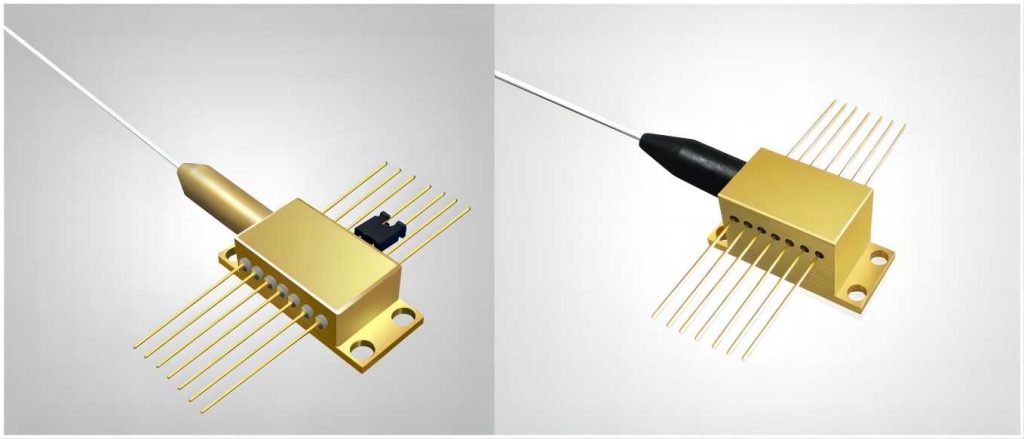
Working Principle of a Fiber Coupled Laser Diode
The working principle of a fiber coupled laser diode is similar to that of a regular laser diode. When an electric current is applied to the laser diode chip, it creates a population inversion in the semiconductor material. This means that there are more electrons in the excited state than in the ground state. When an electron in the excited state falls back to the ground state, it emits a photon of light.
The fiber optic cable is coupled to the laser diode chip so that the laser light can be transmitted over long distances. The coupling optics are used to ensure that the laser light is properly aligned with the fiber optic cable. The laser diode driver provides the power to the laser diode chip and controls the output power and wavelength of the laser light.
Applications of Fiber-Coupled Laser Diode
The versatility and precision offered by fiber-coupled laser diodes have led to their widespread adoption in various industries and applications:
- Fiber optic communication systems: Fiber coupled laser diodes are used to transmit data over long distances in fiber optic communication systems. Fiber optic cables are immune to electromagnetic interference and can transmit data over very long distances with very little loss of power. This makes them ideal for use in telecommunications networks.
- Laser scanning systems: Fiber coupled laser diodes are used in laser scanning systems to create a collimated beam of light that can be scanned over a surface. This is used in a variety of applications, such as barcode scanning, medical imaging, and industrial inspection.
- Medical applications: Fiber coupled laser diodes are used in a variety of medical applications, such as laser surgery, laser eye surgery, and cancer treatment. Lasers can be used to cut tissue, remove tumors, and weld blood vessels. They are also used to treat a variety of skin conditions.
- Industrial applications: Fiber coupled laser diodes are used in a variety of industrial applications, such as laser cutting, laser welding, and laser marking. Lasers can be used to cut materials, weld metal, and mark objects with permanent markings. They are also used in a variety of other industrial applications, such as printing, packaging, and manufacturing.
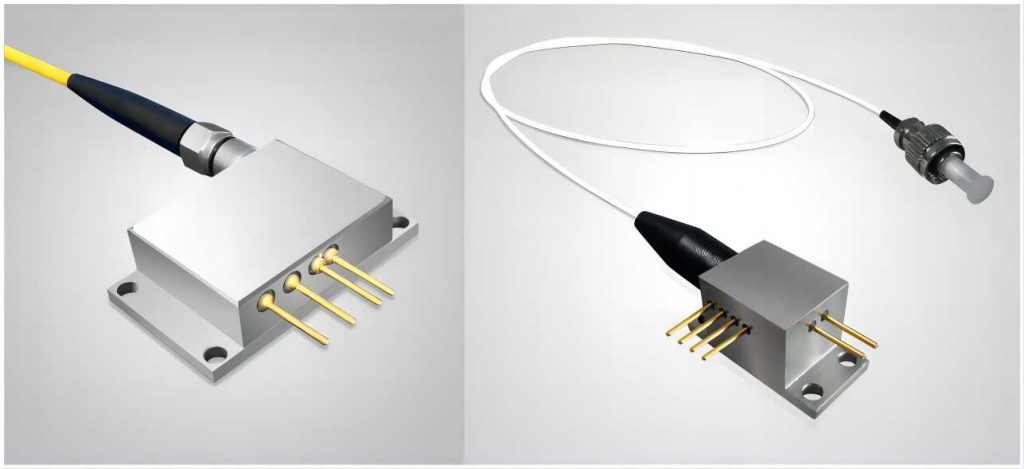
Summary
Fiber coupled laser diodes are a versatile type of laser that can be used in a wide variety of applications. They are characterized by their small size, high power output, and long operating life. Fiber coupled laser diodes are becoming increasingly popular due to their advantages over other types of lasers.


